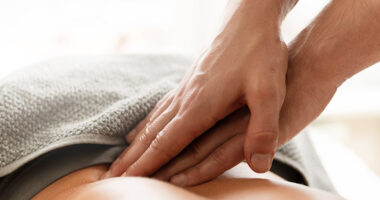Mold is a common household problem that can cause various health issues and property damage if not addressed properly. Understanding the difference between visible and hidden mold is crucial for effective prevention and remediation efforts. While visible mold can be easily detected by its characteristic black, green, or white patches on surfaces, hidden mold lurks behind walls, ceilings, or under floors, making it harder to identify.
In this article, we will explore prevention and remediation tips for both visible and hidden mold to ensure a healthy and mold-free environment for you and your family.
Understanding the Difference: Visible vs. Hidden Mold

Visible mold is exactly what it sounds like – mold that can be seen with the naked eye. This type of mold is typically found on surfaces like walls, ceilings, and floors, and often appears as discolored spots or patches. On the other hand, hidden mold is not as easily detectable, as it grows in hidden or less visible areas such as behind walls, under carpeting, or inside ceiling tiles.
While visible mold may seem more concerning due to its overt presence, hidden mold can be equally harmful if left untreated, as it can continue to grow and spread undetected, causing potential health risks and structural damage. Its important to be aware of the differences between visible and hidden mold in order to effectively prevent and remediate mold issues in your home.
Identifying Visible Mold Growth

Identifying visible mold growth in your home is crucial for effective prevention and remediation efforts. Visible mold can appear as discolored patches on walls, ceilings, and floors, often resembling dirt or soot. It may also take the form of fuzzy, musty-smelling growth on different surfaces.
In some cases, mold can appear as slimy patches or black spots in damp areas like bathrooms and basements. It is essential to inspect your home regularly for any signs of visible mold growth, as prompt action can help prevent it from spreading and causing health issues for you and your family.
Recognizing Signs of Hidden Mold

Recognizing signs of hidden mold is vital for maintaining a healthy living environment. While visible mold is easy to spot and address, hidden mold can be trickier to detect. Some common signs of hidden mold include musty odors, water damage, discoloration on walls or ceilings, and worsening allergy symptoms when indoors. It is important to address any potential signs of hidden mold promptly to prevent it from spreading and causing further damage to your home. Regular inspections and proper ventilation can help prevent hidden mold growth in your home.
Conclusion
In conclusion, it is crucial to be vigilant in identifying and addressing both visible and hidden mold in our homes to prevent health risks and property damage. By following the prevention and remediation tips provided in this article, we can effectively combat mold growth and ensure a safe and healthy living environment. Consulting with a mold expert can also be a valuable resource in helping to identify and address mold issues before they become a larger problem. By taking proactive steps to address mold, we can protect ourselves and our homes from the harmful effects of mold exposure.




